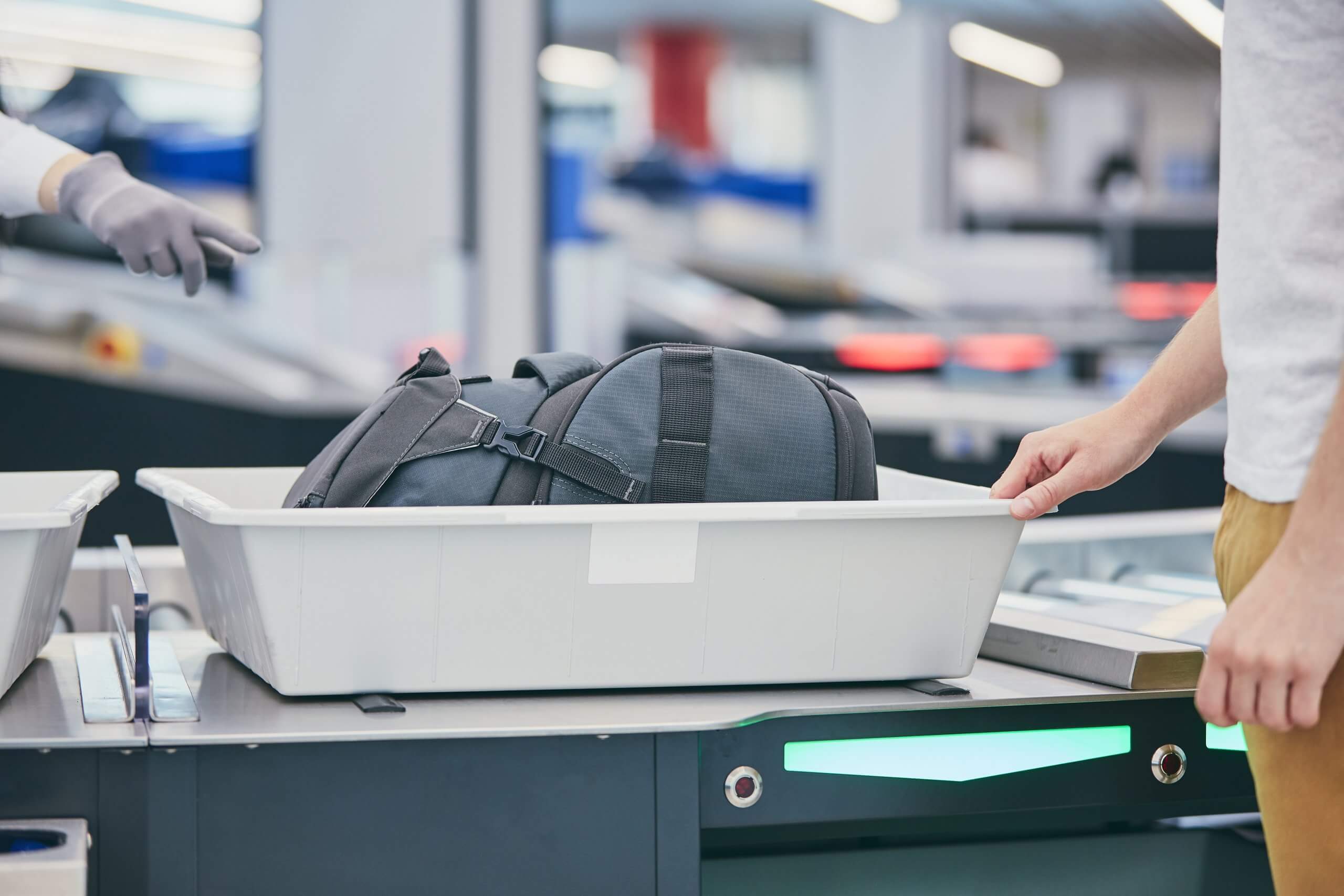Quick Hits
- On January 31, 2025, the Hesse Regional Labor Court ruled that travel and clothes-changing times are not considered working time subject to remuneration, reaffirming that work begins when the actual contractual activity starts.
- The court upheld that time spent on security checks and commuting within company premises is not exclusively for the employer’s benefit and therefore does not count as paid working time.
- The decision, which is not yet legally binding, is significant for employers with large premises or stringent safety requirements, emphasizing that only actual working time shall be remunerated.
Background
The employee, who worked at an airport, had a somewhat unusual commute. To get to his workplace, he first had to pass through a security checkpoint. At this checkpoint, his bags and ID were checked. The employee then had to walk a long way across the airport premises. He was required to wear a high-visibility safety vest and use a company shuttle bus. Once there, he first had to change his clothes. Only then was he allowed to clock in and start working.
The employee sought compensation for the time from the moment he passed through the security checkpoint until the time he was actually able to clock in, arguing that security checks, routes on the premises, and the wearing of high-visibility vests were determined by employer requirements and were therefore essentially for the employer’s benefit. The first instance of the labor court dismissed the claim, whereupon the employee appealed.
Decision of the Regional Labor Court
The Regional Labor Court upheld the previous decision of the labor court and the employee’s appeal was unsuccessful. The Regional Labor Court argued that there is no general principle according to which working time begins when the employee enters the company premises. Rather, the starting point is generally the time at which the employee reaches his assigned workplace and can actually begin his work. The time required for commuting to work (which is not remunerated as so-called “travel time”) therefore usually also includes the time required for company access controls and travel on the company premises to the workplace.
The LAG further stated that the time spent on security checks is not exclusively for the employer’s benefit. These checks are carried out in accordance with public law regulations and are therefore in the public interest. The LAG saw no reason why the employer should have to pay for them. Rather, the employer is responsible for ensuring compliance with the regulations.
In addition, the LAG confirmed the long-standing case law of the Federal Labor Court (BAG) in this regard, according to which time for changing clothes is generally not considered working time and is therefore not compensated. There are exceptions to this, for example, if for hygienic reasons, work clothes can only be put on at the workplace, or if due to very conspicuous work clothes, it is unreasonable to expect employees to wear them outside the workplace.
Key Takeaways
With its current ruling, the Hesse LAG continues its long-standing line of case law on travel and changing times, while also accentuating that time-consuming access controls do not change the principle, and that only actual working time shall be remunerated. Travel time generally falls within the scope of the employee’s responsibilities. This does not change if the journey is partly made on large company premises or if additional measures such as security checks, wearing a safety vest, or using a company shuttle bus are required—if they are not exclusively in the employer’s interest.
The decision is not yet legally binding—an appeal to the Federal Labor Court is pending.
The decision is particularly important for employers with large company premises or safety requirements, where complex organizational processes may have to take place before work can actually begin.
Ogletree Deakins’ Berlin and Munich offices and Cross-Border Practice Group will continue to monitor developments and will post updates on the Cross-Border and Wage and Hour blogs as additional information becomes available.
Dr. Merle Steinhuber is an associate in Ogletree Deakins’ Berlin office.
Teodora E. Ghinoiu, a law clerk in Ogletree Deakins’ Berlin office, contributed to this article.
Bild: Adobe Stock




